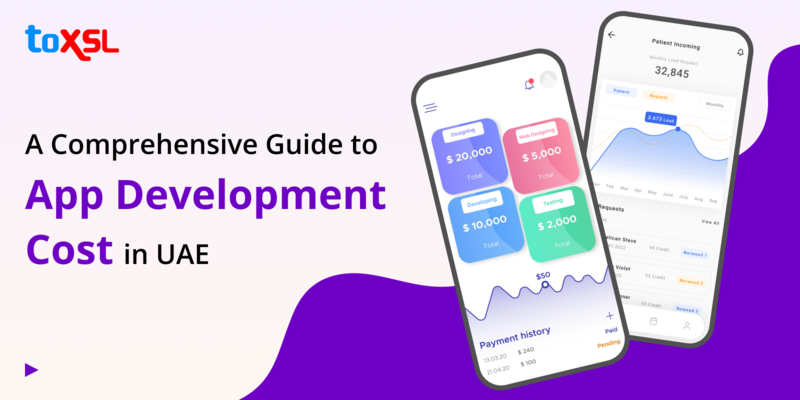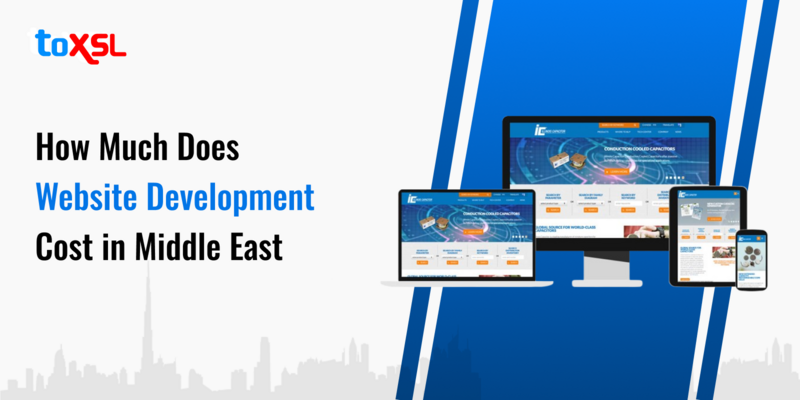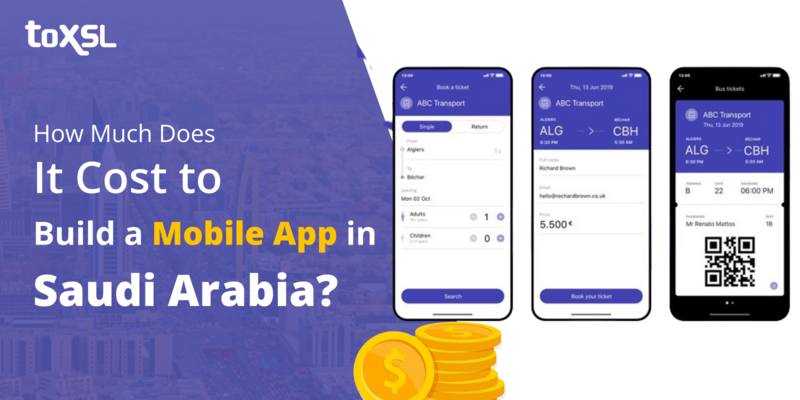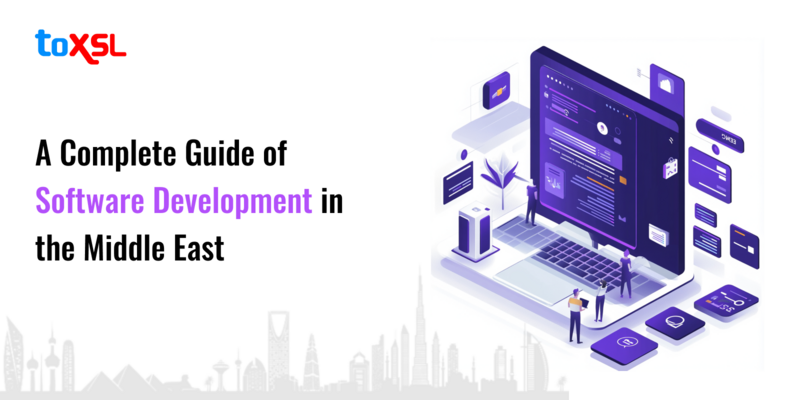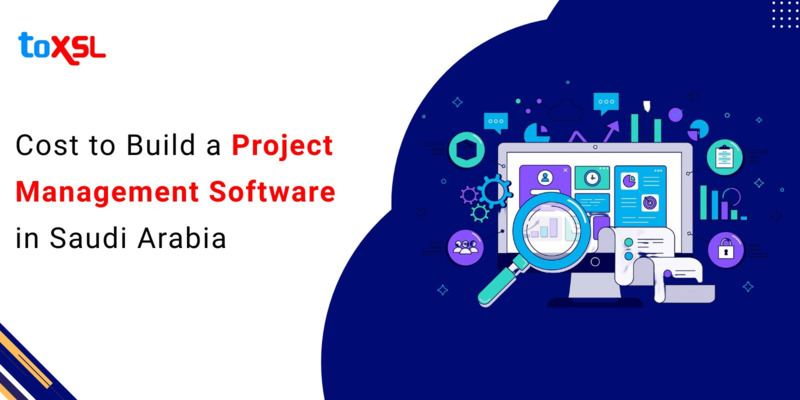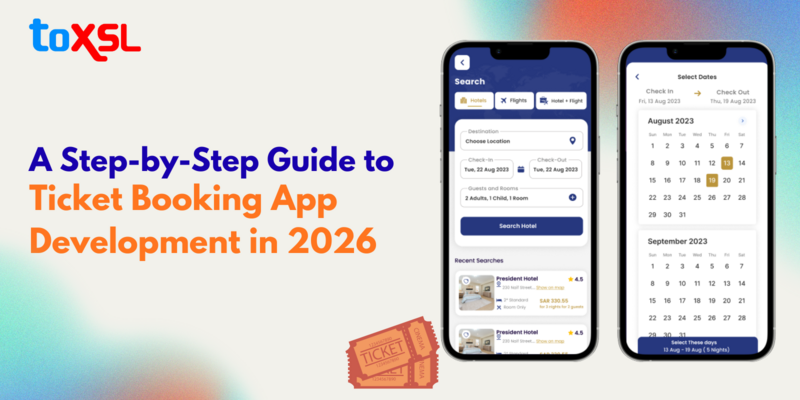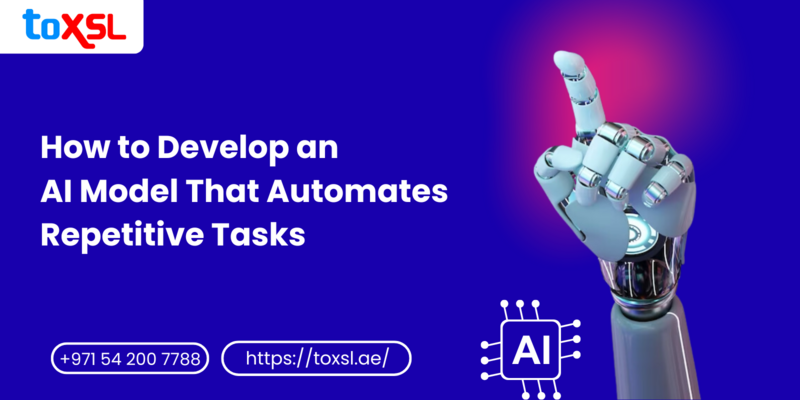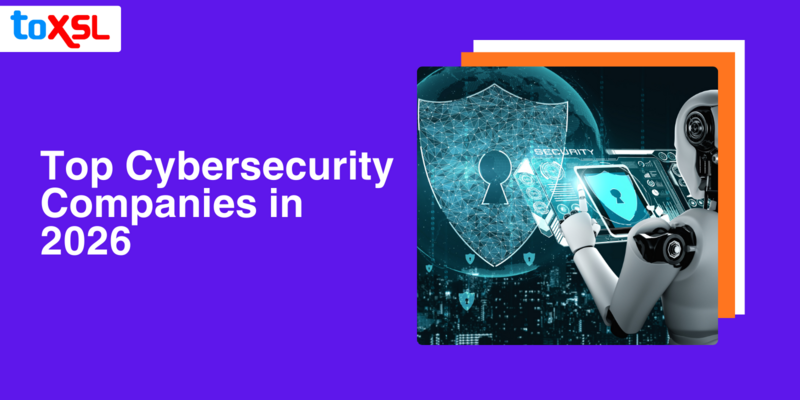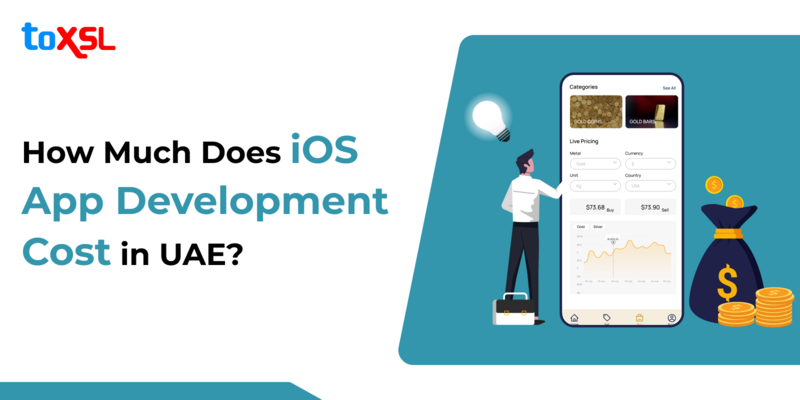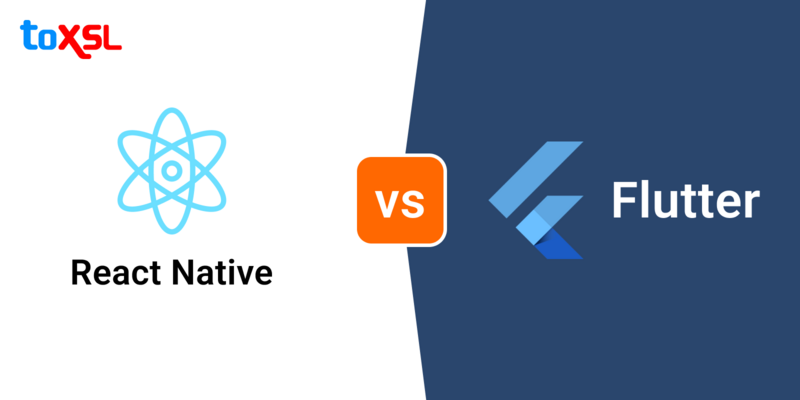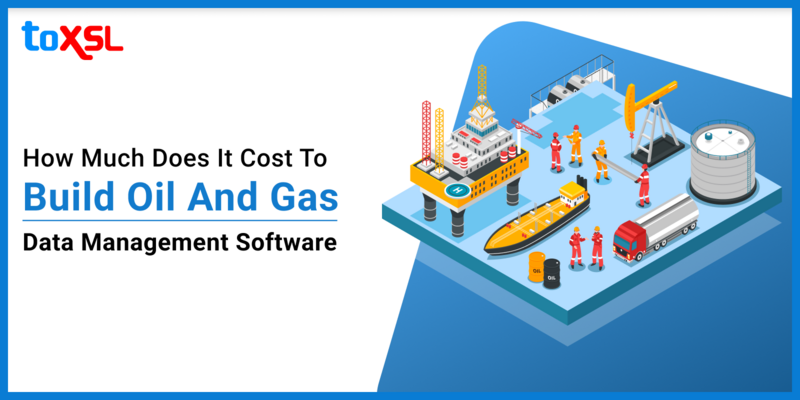
The global LMS market size is expected to reach a value of USD 25.7 billion by 2025 at a Compound Annual Growth Rate (CAGR) of 14.0%, as per research conducted by MarketsAndMarkets.
In the wake of the digital age, distance learning has significantly evolved. Education has transcended the confines of traditional classrooms and has embraced the realm of distance learning. With the increase of e-learning platforms, the demand for robust Learning Management Systems (LMS) has also increased. This offers educators and learners a seamless virtual environment to engage in educational pursuits. But what defines the best e-learning platforms, and how can Learning Management Software features be tailored to support distance learning effectively?
Let's delve into the intricacies of designing LMS features that cater to the evolving landscape of remote education.
Understanding the Dynamics of Distance Learning
Distance learning, also known as online or remote learning, encompasses a spectrum of educational approaches facilitated by digital technologies. Unlike traditional face-to-face instruction, distance learning transcends geographical barriers, offering flexibility, accessibility, and personalized learning experiences. However, to harness the full potential of distance learning, LMS features must be meticulously designed to accommodate the diverse needs of learners and educators.
Key Remote Learning Features

1. User-Friendly Interface and Accessibility
The cornerstone of any effective LMS is its user interface. A user-friendly interface ensures seamless navigation, facilitating ease of access for educators and learners. Intuitive design elements, clear navigation paths, and responsive layouts are paramount in enhancing accessibility across various devices, including desktops, laptops, tablets, and smartphones.
2. Versatile Content Management System (CMS)
A robust CMS lies at the heart of an LMS, empowering educators to create, upload, organise, and disseminate learning materials effortlessly. From text-based documents and multimedia presentations to interactive quizzes and assignments, a versatile CMS supports diverse content formats, fostering engaging and interactive learning experiences.
3. Synchronous and Asynchronous Communication Tools
Effective communication is essential in remote learning environments. Synchronous tools such as live chat, video conferencing, and virtual classrooms facilitate real-time interactions, enabling educators to conduct lectures, discussions, and collaborative activities. Conversely, asynchronous communication tools like discussion forums, messaging systems, and email enable learners to engage with course materials and peers at their own pace, promoting flexibility and self-directed learning.
4. Personalized Learning Paths and Adaptive Assessments
Personalization lies at the core of effective distance learning. LMS features that support personalized learning paths leverage data analytics and machine learning algorithms to tailor educational content and assessments based on learners' preferences, abilities, and learning trajectories. Adaptive assessments dynamically adjust difficulty levels and content based on learners' performance, ensuring a customized learning experience that caters to individual needs and fosters mastery-based learning.
5. Comprehensive Analytics and Reporting
Data-driven insights are instrumental in gauging the effectiveness of remote learning initiatives. LMS features that offer comprehensive analytics and reporting capabilities enable educators to track learners' progress, identify areas for improvement, and measure the impact of instructional strategies in real time. From learner engagement metrics and assessment results to course completion rates and retention statistics, actionable data empowers educators to make informed decisions and optimize learning experiences.
6. Integration with External Tools and Resources
In a digital ecosystem teeming with educational resources and productivity tools, seamless integration is key to enhancing the functionality and versatility of an LMS. Integration with external tools such as video hosting platforms, cloud storage services, learning apps, and productivity suites expands the scope of learning opportunities, allowing educators to curate enriched educational experiences tailored to diverse learning styles and preferences.
Designing Your LMS for Distance Learning Success
Incorporating these remote learning features into your LMS design can significantly enhance its efficacy in supporting distance education initiatives. However, successful implementation requires a strategic approach that aligns with the specific needs and objectives of your educational institution or organization. Here are some best practices to guide you:

Needs Assessment:
Conduct a thorough needs assessment to identify the unique requirements and challenges of your target audience, including educators, learners, administrators, and support staff.
Stakeholder Engagement:
Foster collaboration and communication among stakeholders to gather insights, solicit feedback, and garner buy-in for LMS implementation and adoption.
Scalability and Flexibility:
Design your LMS with scalability and flexibility in mind, allowing for seamless expansion and customization to accommodate evolving educational needs and technological advancements.
User Training and Support:
Provide comprehensive training and ongoing support to educators and learners to ensure optimal utilization of LMS features and functionalities.
Continuous Improvement:
Foster a culture of continuous improvement by soliciting feedback, monitoring performance metrics, and iteratively refining LMS features based on user input and emerging best practices.
Conclusion
In the digital age, the design of LMS features plays a pivotal role in shaping the future of distance learning. By incorporating user-friendly interfaces, versatile content management systems, robust communication tools, personalized learning paths, comprehensive analytics, and seamless integrations, e-learning platforms can empower educators and learners to thrive in remote educational environments. Embrace the transformative potential of distance learning by harnessing the power of innovative LMS design tailored to support the diverse needs and aspirations of the global learning community.
By prioritizing the integration of these essential features, education development services can redefine the landscape of remote education, fostering a culture of lifelong learning and empowerment in the digital era.
So, if you are looking to develop a Learning Management Software and contribute to the education system, look no further than ToXSL Technologies. We are a leading mobile app development company in Dubai, UAE. Our team of skilled developers has helped numerous businesses develop LMS systems. Contact us, and let us help you take it to the next level.


